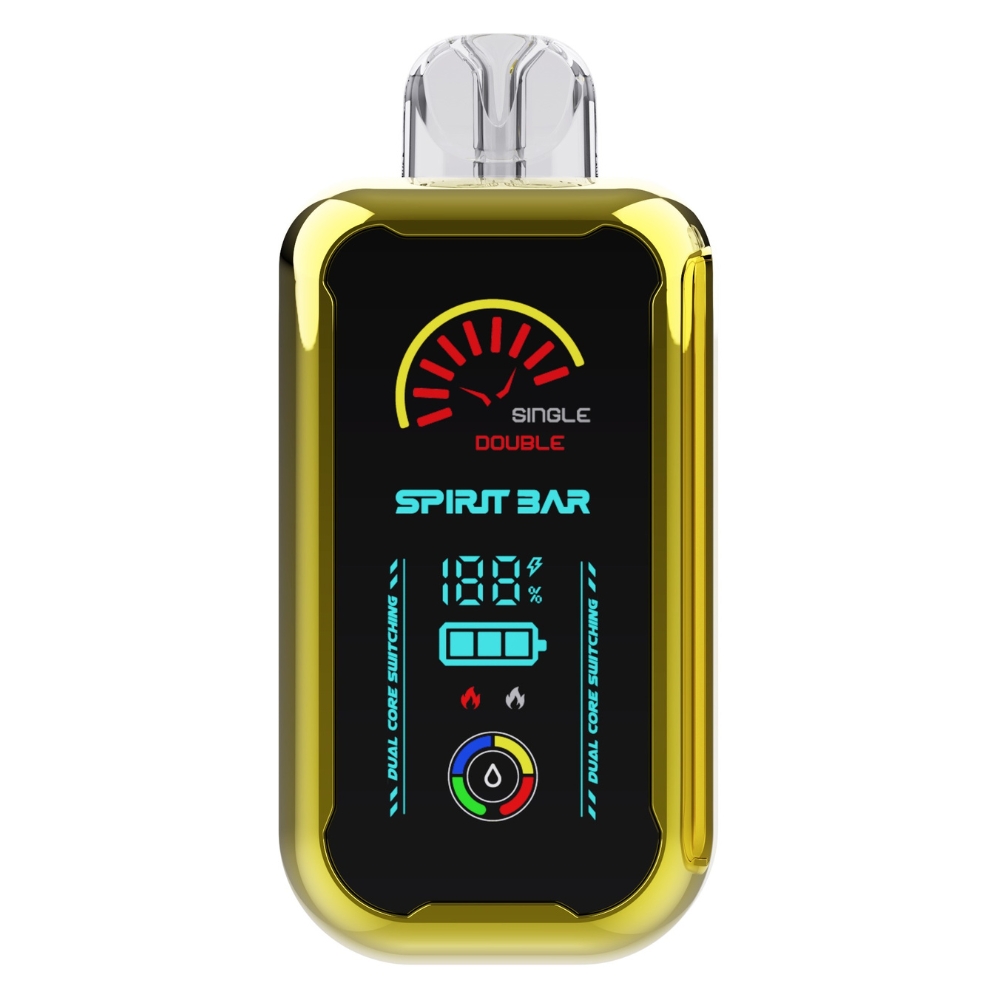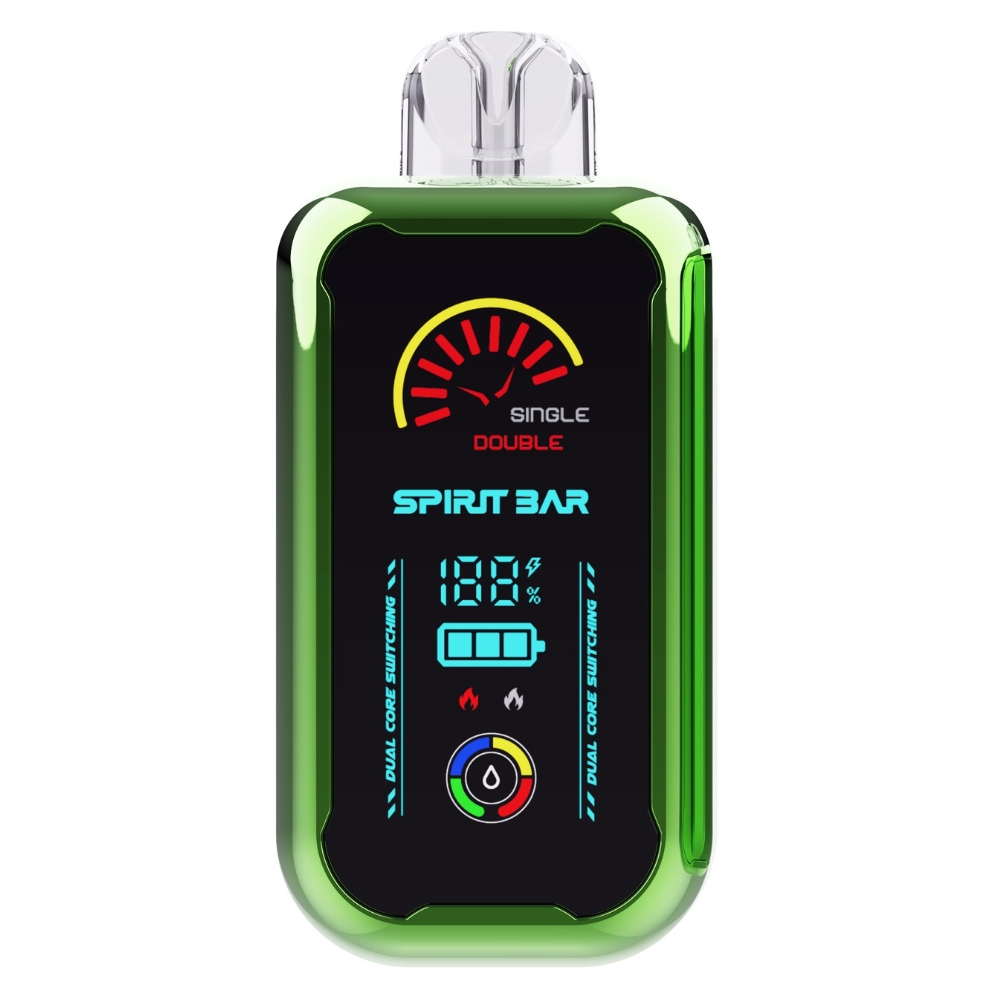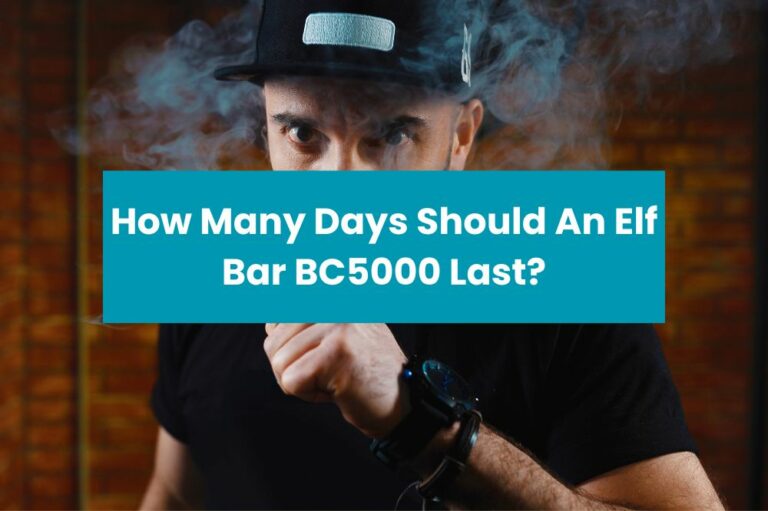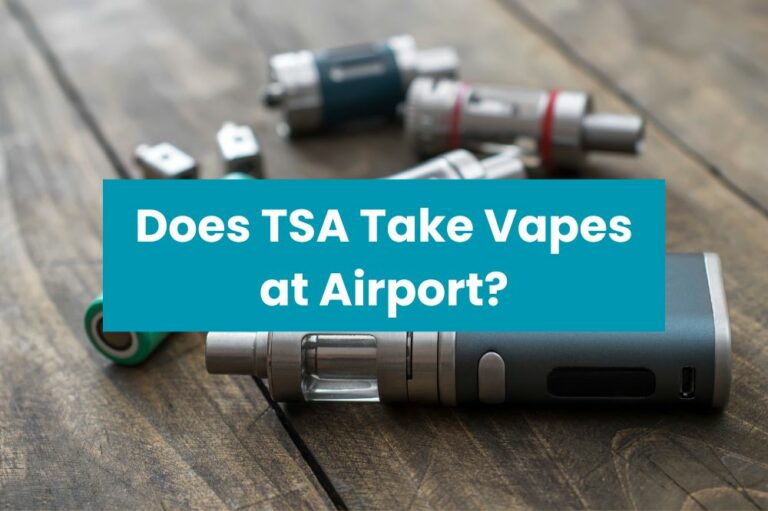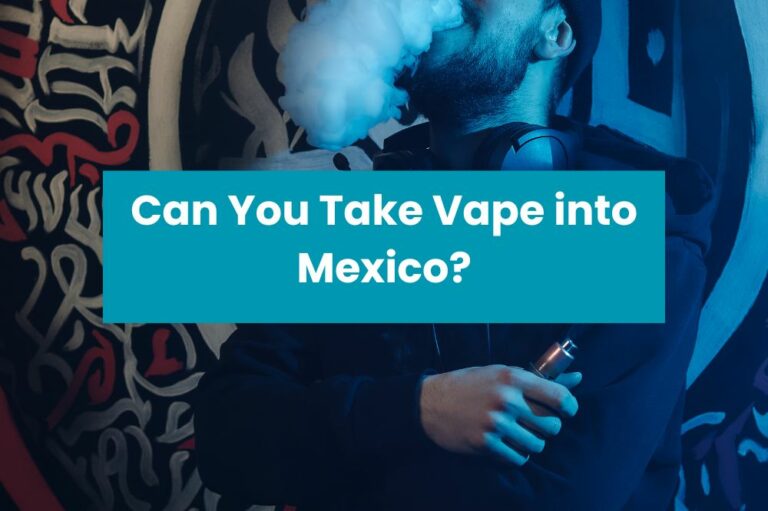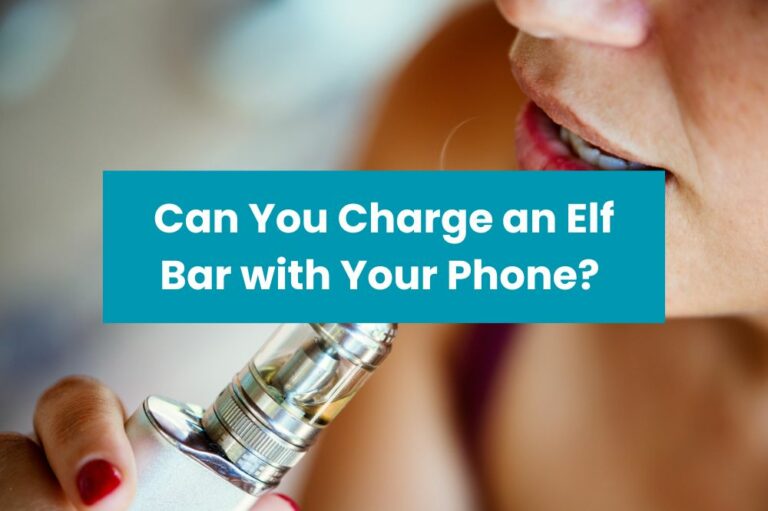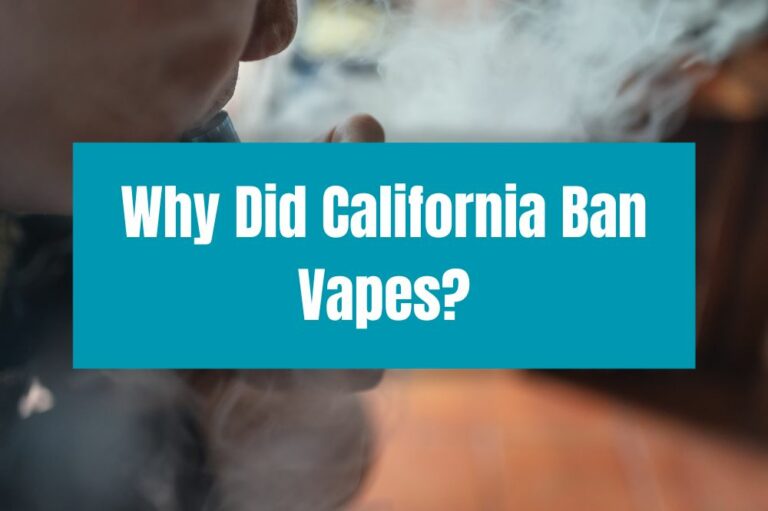Is It Bad to Smoke Vape Juice?
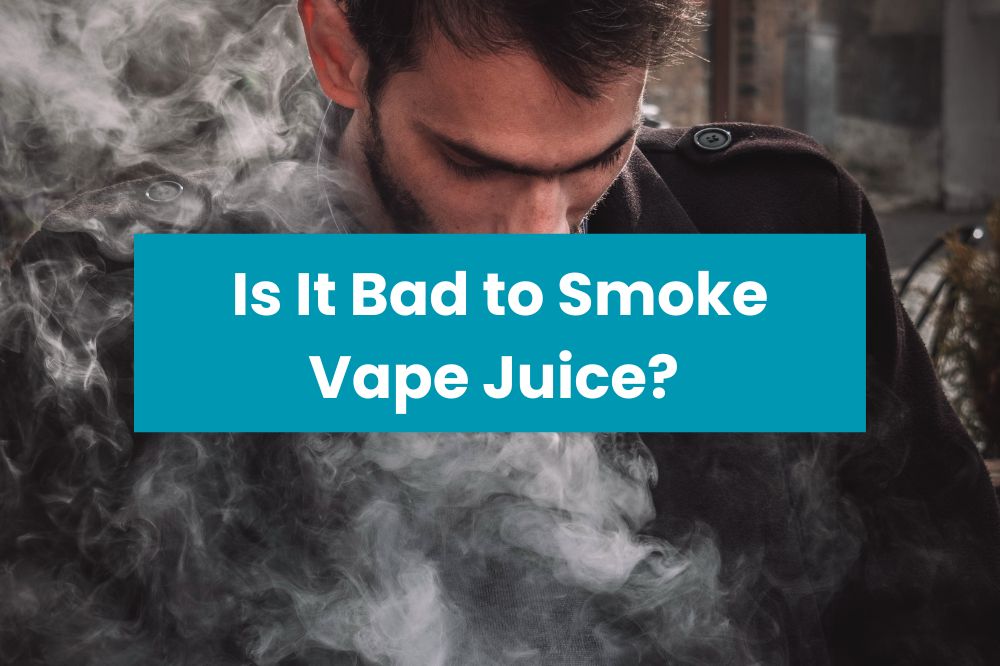
If you’re wondering whether smoking vape juice is bad for you, the answer is not a simple yes or no. Vaping has been marketed as a safer alternative to smoking traditional cigarettes, but there are still potential health risks associated with inhaling the chemicals found in vape juice.
One of the main concerns with vaping is the presence of nicotine in the juice. Nicotine is highly addictive and can have negative effects on the heart and blood vessels. Additionally, some vape juices contain other harmful chemicals, such as diacetyl, which has been linked to a serious lung disease called bronchiolitis obliterans.
While vaping may be less harmful than smoking traditional cigarettes, it’s important to remember that it is not without risks. If you choose to vape, it’s important to use caution and be aware of the potential health consequences.
Understanding Vape Juice
Vape juice, also known as e-juice or e-liquid, is the liquid substance that is used in electronic cigarettes or vaping devices. It is heated by the device and turned into vapor that is then inhaled by the user. Vape juice is typically made up of a combination of four main ingredients: propylene glycol (PG), vegetable glycerin (VG), flavorings, and nicotine (optional).
PG is a colorless and odorless liquid that is commonly used in food and pharmaceutical products. It is known for producing a stronger throat hit, which can mimic the sensation of smoking traditional cigarettes. VG, on the other hand, is a thicker and sweeter liquid that produces more vapor and has a smoother throat hit. The ratio of PG to VG can vary depending on the brand and flavor of the vape juice.
Flavorings are added to the vape juice to provide a variety of tastes and aromas. These can range from fruity and sweet to savory and spicy. It is important to note that while these flavorings are generally considered safe for consumption, there is still limited research on the long-term effects of inhaling them.
Nicotine is an optional ingredient in vape juice and is added in varying strengths depending on the user’s preference. It is a highly addictive substance that can have negative health effects, including increased heart rate and blood pressure, as well as damage to the respiratory system.
It is important to choose high-quality vape juice from reputable brands to ensure that the ingredients are safe and accurately labeled. It is also important to follow proper storage and usage instructions to avoid any potential risks or hazards associated with vaping.
Health Risks of Smoking Vape Juice
If you’re considering smoking vape juice, it’s important to understand the potential health risks involved. While vaping is often marketed as a safer alternative to smoking traditional cigarettes, it’s not without its own set of risks.
Respiratory Problems
One of the biggest concerns when it comes to smoking vape juice is the impact it can have on your respiratory system. Vaping has been linked to a number of respiratory problems, including coughing, wheezing, and shortness of breath. In some cases, vaping can even lead to more serious conditions like bronchitis and asthma.
Cardiovascular Issues
Smoking vape juice can also have negative effects on your cardiovascular health. Nicotine, which is commonly found in vape juice, can increase your heart rate and blood pressure, putting extra strain on your heart. This can increase your risk of heart disease and stroke.
Addiction and Mental Health
Another risk associated with smoking vape juice is the potential for addiction and mental health issues. Nicotine is highly addictive, and regular use of vape juice can lead to dependence. This can make it difficult to quit and can also lead to withdrawal symptoms like irritability, anxiety, and depression.
In addition, some studies have suggested that vaping may be linked to an increased risk of mental health issues like depression and anxiety. While more research is needed to fully understand this connection, it’s something to keep in mind if you’re considering smoking vape juice.
It’s important to understand that smoking vape juice is not without its risks. While it may be marketed as a safer alternative to traditional cigarettes, it’s still a habit that can have negative impacts on your health. If you’re considering vaping, it’s important to weigh the potential risks against the potential benefits and make an informed decision.
Comparison with Traditional Smoking
When it comes to comparing vaping with traditional smoking, there are several differences to consider. Here are some of the key points to keep in mind:
- Chemicals: Traditional cigarettes contain over 7,000 chemicals, many of which are harmful to your health. In contrast, e-cigarettes typically contain fewer chemicals, but the long-term effects of these chemicals are not yet fully understood.
- Nicotine: Both traditional cigarettes and e-cigarettes contain nicotine, which is highly addictive. However, the amount of nicotine in e-cigarettes can vary widely, and some e-liquids contain no nicotine at all.
- Smoke vs. Vapor: Traditional cigarettes produce smoke, which contains tar and other harmful substances. E-cigarettes produce vapor, which is generally considered less harmful than smoke.
- Secondhand Smoke/Vapor: Traditional smoking produces secondhand smoke, which can be harmful to those around you. E-cigarettes produce secondhand vapor, which is generally considered less harmful than secondhand smoke.
- Odor: Traditional smoking produces a strong odor that can be difficult to get rid of. E-cigarettes produce vapor that can have a scent, but it is typically less strong and more pleasant than cigarette smoke.
Overall, while e-cigarettes may be a less harmful alternative to traditional smoking, they are not completely safe. It’s important to weigh the potential risks and benefits and make an informed decision about whether vaping is right for you.
Myths and Misconceptions
There are many myths and misconceptions surrounding vaping that can lead to confusion and misinformation. Here are some common ones:
- Myth #1: Vaping is just as harmful as smoking. While vaping is not risk-free, it is substantially less harmful than smoking. According to a review of international evidence, “in the short and medium-term, vaping poses a small fraction of the risks of smoking” (source: NHS Better Health).
- Myth #2: Vaping is just water vapor. This is not true. The aerosol produced by vaping can contain harmful substances, including nicotine, heavy metals, and volatile organic compounds (source: Johns Hopkins Medicine).
- Myth #3: Vaping is odorless and doesn’t leave a residue. While vaping may not produce the same strong odor as smoking, it can still leave a residue on surfaces and in the air. This residue can be harmful to others, especially those with respiratory issues (source: Atlantic Health).
- Myth #4: Vaping is a safe way to quit smoking. While vaping may be less harmful than smoking, it is not a safe way to quit. Nicotine is still an addictive substance, and the long-term health effects of vaping are not yet fully understood (source: Penn Medicine).
- Myth #5: Vaping is only for adults. Unfortunately, vaping has become popular among young people, with many teens believing it is less harmful than smoking. This is a dangerous misconception, as nicotine can harm brain development and lead to addiction (source: Johns Hopkins Medicine).
It’s important to be aware of these myths and misconceptions so that you can make informed decisions about your health and the health of those around you.
Societal Impact of Vaping
Vaping has become increasingly popular over the past decade, especially among younger generations who view it as a trendy alternative to traditional smoking. However, the societal impact of vaping is still being studied and debated. Here are some potential effects of vaping on society:
- Increased nicotine addiction: Vaping products often contain high levels of nicotine, which can lead to addiction. This can have negative impacts on society, such as increased healthcare costs and decreased productivity.
- Normalizing smoking behavior: The use of vaping products can normalize smoking behavior, making it seem more socially acceptable. This can lead to an increase in smoking rates and a decrease in the number of people who quit smoking.
- Potential gateway to smoking: There is concern that vaping may serve as a gateway to traditional smoking, especially among young people who are more likely to experiment with new products.
- Environmental impact: Vaping products can contribute to environmental pollution, as they often contain non-biodegradable materials such as plastic.
- Lack of regulation: The lack of regulation in the vaping industry can lead to unsafe products and misleading advertising. This can have negative impacts on society, such as increased healthcare costs and decreased trust in public health messaging.
While vaping may have some potential benefits, such as helping people quit smoking, it is important to consider the potential societal impacts of this trend. As research continues, it is important to stay informed and make informed decisions about the use of vaping products.
Regulations and Restrictions on Vaping
If you are a vaper, it is important to be aware of the regulations and restrictions on vaping. The laws regarding vaping vary from state to state, so it is important to know the regulations in your area.
The FDA regulates the manufacturing, marketing, and distribution of vaping products in the United States. In 2016, the FDA extended its regulatory authority to include e-cigarettes, cigars, and other tobacco products that were previously unregulated. This means that all vaping products must comply with the FDA’s regulations, including age restrictions, ingredient and manufacturing standards, reporting requirements, and enforcement.
In addition to federal regulations, many states and localities have their own laws regulating vaping. For example, some states have banned the sale of flavored e-cigarettes, while others have implemented taxes on vaping products. It is important to be aware of these laws to avoid fines or other legal consequences.
Here are some common regulations and restrictions on vaping:
- Age restrictions: In most states, you must be at least 18 years old to purchase vaping products. Some states have raised the age to 21.
- Flavor bans: Several states and localities have banned the sale of flavored e-cigarettes, including New York and San Francisco.
- Advertising restrictions: The FDA prohibits the marketing of vaping products to minors, and some states have additional restrictions on advertising.
- Taxation: Some states have implemented taxes on vaping products, similar to the taxes on cigarettes.
It is important to follow these regulations and restrictions to ensure your safety and avoid legal consequences. If you have any questions about the regulations in your area, consult with a local vape shop or legal expert.

